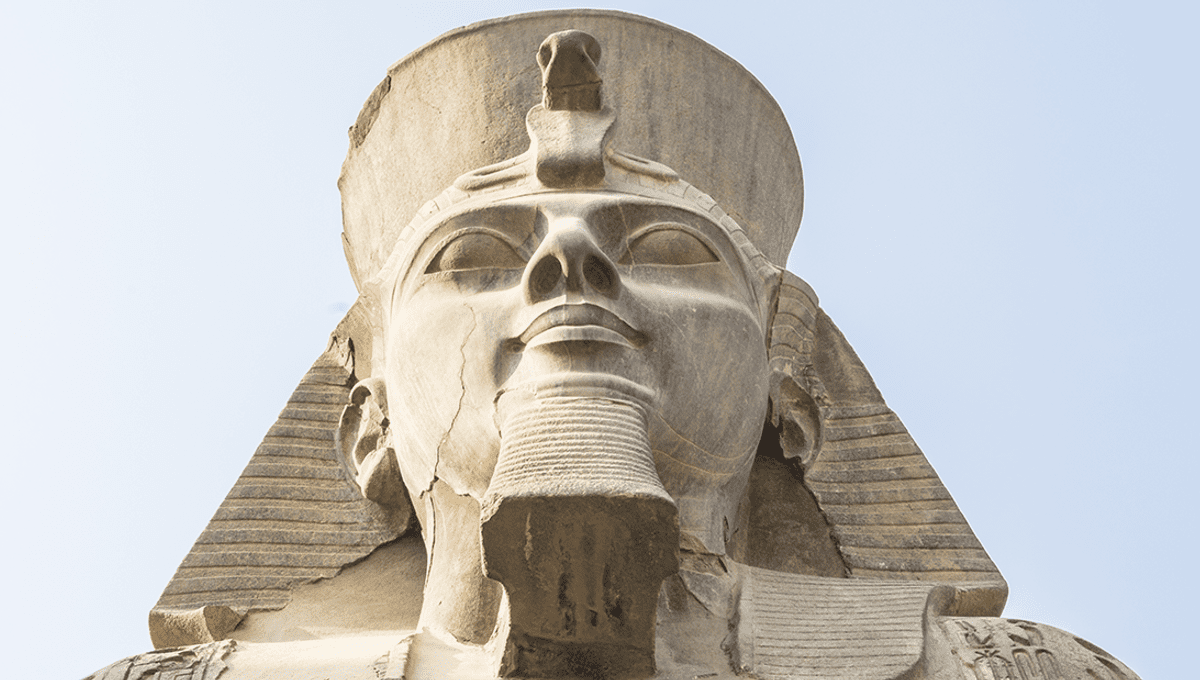
The Face Lab at Liverpool John Moores University and an Egyptian mummy expert and radiologist have teamed up to reveal the face of Ramesses II.
To recreate the pharaoh’s face, head of radiology at Cairo University Dr Sahar Saleem reprocessed old CT scans of the mummy she had taken between 2005 and 2009, and then used modern software to create a 3D model of his head.
“The software identifies the properties of the various layers of materials on the mummy’s face, such as overlying linen bandages, and allows for the digital unwrapping of the pharaohs,” professor Sahar Saleem of Cairo University told Auntminnieineurope. “The visualization of fine facial features such as ear piercings and hairstyle was also made possible by modern image reconstruction software.”
The Face Lab then used this to create an approximation of what Ramesses II would have looked like, using software designed to be used in forensic investigations. The software adds layers of muscle and tissue onto the bones beneath, giving a surprisingly accurate depiction of what a person looks like. Sure, we can’t tell this from the above scan, what with Ramesses being born over 3,000 years before us. However, by providing CT scans of living people’s skulls (and nothing else), the team can then compare their approximation to the real thing.
“We have tested our methods using CT [scans] from living donors and we have evaluated the facial reconstruction using geometric comparison that shows approximately 70 percent [of the] surface of the facial reconstruction with less than 2 millimeters of error,” director of Face Lab, Caroline Wilkinson, told Newsweek.
For Ramesses II, the team had extra help as the mummification preserved extra clues, such as hair patterns. The team consulted with Egyptology experts for help with skin, eye, and hair colors based on what would be Ramesses’ most likely appearance.
As well as an image of Ramesses II at his time of death, the team was able to produce approximations of how he would have looked at an earlier age.
“We know how skulls and faces age, and it is possible to predict how a person looked at a younger age by removing some of the skeletal and soft tissue changes associated with old age,” Wilkinson continued, “such as wrinkles, drooping nose and ears, jowls, tooth loss.”
Source Link: Face Of Ancient Egyptian Pharaoh Ramesses II Revealed Using CT Scans Of His Mummy